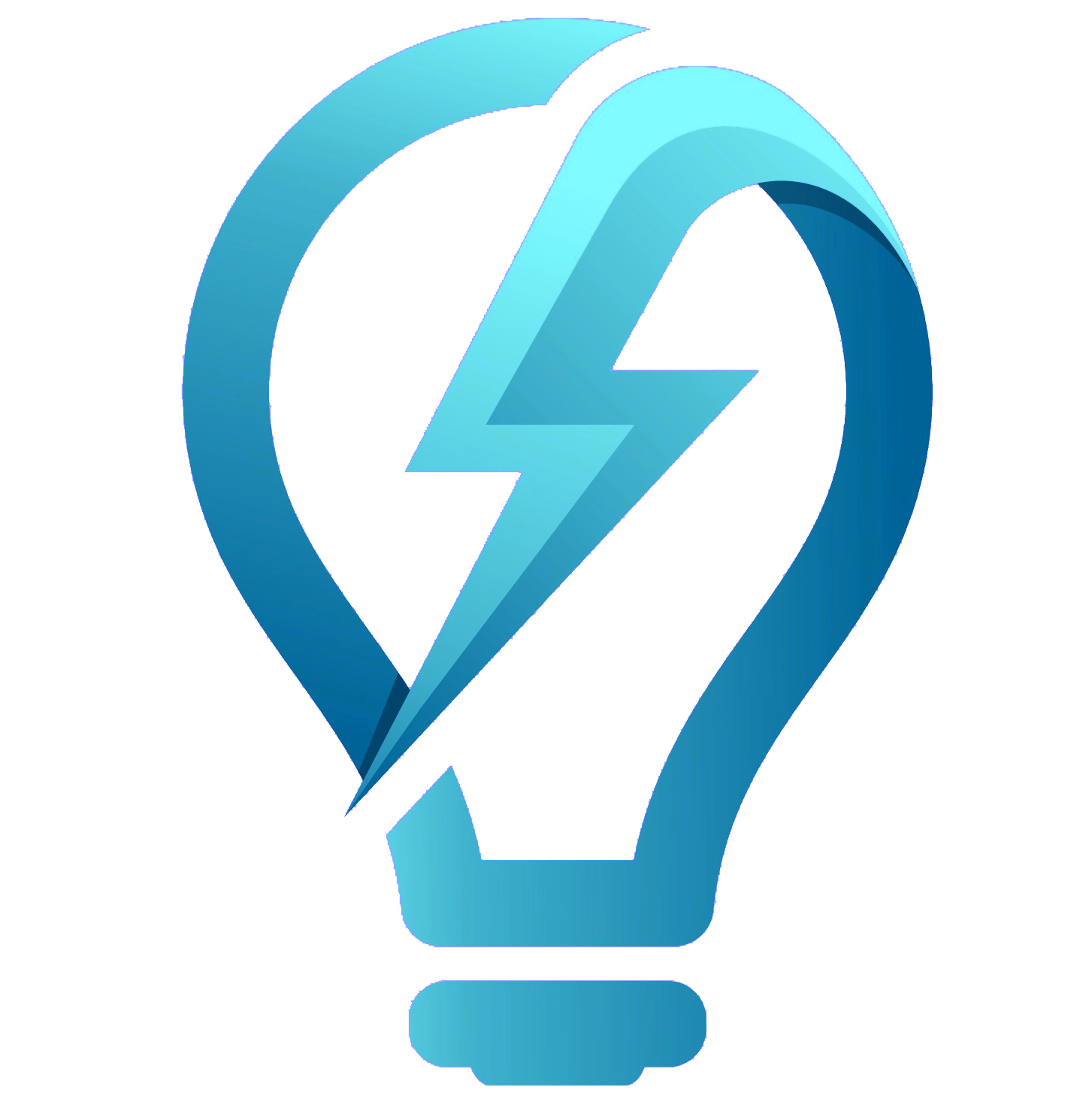
The Power of Employee Personas
Personas are a topic we touched on when we presented at MISHRM last October. There was a desire from some attendees to go deeper into what a persona is and how they can be used in human resources to increase the effectiveness of employee programs. So, I thought it would be worthwhile dedicate a blog to this topic and define personas, provide a sample persona segmentation, and discuss different ways to use them.
What is a persona?
We all know all employees are not the same. Yet, many times when we develop programs or employee experiences, we homogenize them – a one size fits all approach. The persona is an approach to expand our thought process to look at a problem or solution from different employee perspectives.
A persona encapsulates core motivations of a segment of a population. The segment can be a group of customers, users in information technology, or a group of employees who share similar motivations. The goal of a persona is to provide an empathetic perspective to ground our thinking when developing programs.
I use personas extensively in brainstorming sessions to infuse objectivity into generating ideas. A natural tendency for people is to assume they are the target of brainstorming. You will often hear participants say, “I would never do that” or “I personally don’t see the benefit.” If you’re facilitating the session, you want to redirect the conversation and ask, “Would this persona benefit from this?”. If you are brainstorming with multiple personas, you cycle through each one and ask the question. The result is the team will generate ideas based on different core motivations instead of personal biases.
Persona Segmentation Example
While company personas will vary, I thought of providing a general example to bring the idea to life. The following is a motivational segmentation that includes five personas. These personas are a good starting point to think about your employees.
Coaster

Motivation: Fund My Life
The Coaster focuses on their paycheck. They view their job as a means to an end – something that puts bread on the table. This does not mean the Coaster has a bad attitude; however, they will probably lack initiative to do any more than they must for their job.
Career Chaser
Motivation: The Next Career Step
The Career Chaser is always aspiring to the next level. They believe as they ascend the corporate ladder, they will achieve stability within their job. They will seek out assignments that give them exposure and career development. They will be committed to the company if they can see a future step.

Socially Engaged

Motivation: My Social Comfort Zone
The Socially Engaged are driven by social interactions with others. It fuels their passion for work. These social interactions could be with fellow employees, or it can be with customers. Their company tenure may be longer than other personas, because once they get into a social comfort zone, they will feel belonging – they may describe their peers as family.
Life Chaser
Motivation: My Life Goal
The Life Chaser focuses on a personal goal. They work to afford a more advanced life goal like regularly traveling abroad, purchasing a cottage, or opening their own business. Their motivation is to fund their life goal; and while work may be a means to this end, they will strive to advance if they can achieve their life goal sooner.

Inspirational Seeker

Motivation: My Next Inspiration
Inspiration Seekers not only enjoy what they do, their work is a way to express themselves. They know which part of their job they love and are motivated if they are given assignments in which they can pursue their “true calling,” so to speak.
Using Your Personas
Personas are used for different purposes to provide an empathetic perspective to ensure you are taking different employee motivations into consideration. The following are examples to consider.
Increasing Employee Satisfaction
Surveys are a fitting example of how to use personas. Often, we have a one-size-fits-all approach to findings, and it makes it difficult to find actionable insights. By adding a question where an employee self-selects their core motivation, we can dive into results based on motivations.
We discussed this topic in October and how a persona question can be incorporated into an eNPS survey. This question allows us to analyze results based on if someone is a Coaster versus an Inspiration Seeker versus Career Seeker versus … well you get the idea. These insights became a catalyst in brainstorming to rethink existing programs or develop new ones.
Brainstorming on New Employee Programs
Building off increasing employee satisfaction use case; the personas can be used throughout the company when brainstorming on new programs or experiences. For example, let us say you are rethinking your recruitment to increase conversion. Personas are a great method to think through how to pitch prospective employees.
Creating a Persona

If you want to learn about how to create a persona, check out The Muse (Chapter 13 from Brainstorming with Da Vinci). The chapter begins with how personas, or muses, are used to inspire artists in their work. I also cover how to create a persona and provide some additional persona examples.
In Conclusion
Hopefully, this blog provides you with a deeper understanding of personas and how to use them. If you have any questions on how you can create your own personas and use them, feel to reach out to me.
